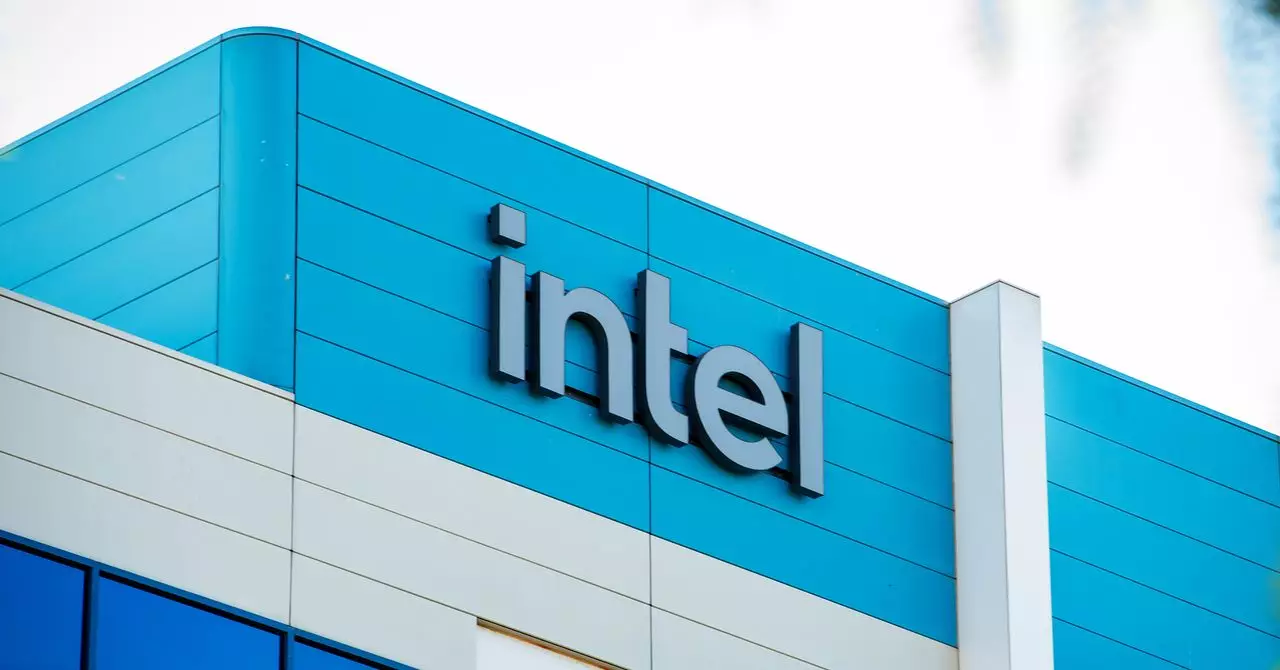In an unexpected twist, Silicon Valley felt a momentary relief when the announcement of tariffs by President Donald Trump included an exemption for semiconductors. This initial sigh of relief, however, quickly morphed into apprehension as it became clear that the exemption may not offer substantial benefits to many in the tech industry. The intricate web of tariff regulations has placed American manufacturers in a precarious position, where the exemptions appear more like temporary band-aids than long-term solutions for an industry that hinges on effective global trade dynamics.
While the announcement intended to signal a victory for the semiconductor sector, the reality is much harsher. Companies relying on importing chips are discovering that many chip-related products are still ensnared by new import duties. As the dust settles, it’s evident that what was perceived as a loophole might transform into a significant hurdle. With much of the semi-conductor supply chain dependent on foreign components and products, the implications of tariff regulations could stymie growth and innovation in a sector crucial to the economy.
The Complexity of Tariff Structures
The meticulous nature of the Harmonized Tariff Schedule (HTS) complicates matters for tech companies. With millions of products coded into this intricate system, determining which semiconductors fall under the tariff exemption has proven to be a convoluted process. Even more troubling is that the blanket exemption for semiconductors only covers specific categories, which raises questions regarding the uniformity of such rules. The gaps in product categorization could lead to unforeseen financial burdens for semiconductor producers, as they navigate unclear tariff guidelines that may change abruptly with shifting policies.
Analysts emphasize that without a clear and broad exemption, the ramifications for the semiconductor industry could be far-reaching. It is estimated that the majority of semiconductors imported into the U.S. are integrated into finished products like smartphones and servers. Consequently, the 40 percent tariff could significantly hike production costs, compelling companies to reconsider their global sourcing strategies in order to stay competitive in an evolving marketplace.
Economic Health and the Semiconductor Supply Chain
The interdependence of the semiconductor market and the broader U.S. economy is a fact that cannot be overlooked. As companies grapple with fluctuating import costs, the industry’s reliance on external suppliers adds another layer of vulnerability. With semiconductors playing a critical role across a vast array of consumer products—from automobiles to personal gadgets—the industry’s pulse is directly linked to consumer spending trends and overall economic health.
Industry experts point out that while larger manufacturers may have the resources to absorb some additional costs, the smaller players might struggle significantly. This disparity could lead to a consolidation within the semiconductor sector, as only the most financially robust players withstand the economic strain imposed by tariffs. Such a shift may reshape the competitive landscape, potentially stifling innovation as smaller businesses struggle to keep pace.
Navigating the Tariff Challenge
The evident challenges posed by these tariffs have led many industry stakeholders to advocate for better communication and clearer guidelines from the federal government. Establishing a collaborative dialogue between policymakers and industry leaders is crucial to help refine the tariff structures to accommodate the unique demands of the semiconductor ecosystem. Without transparency, businesses face the dual threat of increased costs and operational inefficiencies, which may deter investment in semiconductor technologies.
Furthermore, as innovation in technology continues to shift towards cutting-edge applications like artificial intelligence, the stakes are even higher. Policies that fail to recognize and adapt to the nuances of the semiconductor industry risk leaving the U.S. behind in the global race for technological leadership. The trajectory of the American economy hinges on a resilient and adaptive tech industry, making it imperative for companies and government alike to navigate these turbulent waters judiciously.
In the end, while the initial exemption brought a glimmer of hope, the semiconductor sector now stands at a crossroads, facing an uncertain future against the backdrop of shifting trade policies. The ability of industry players to innovate and adapt will be tested as they confront new economic realities shaped by tariffs and global supply chain constraints.


Leave a Reply